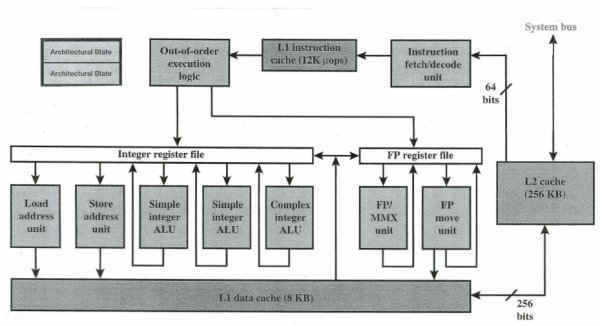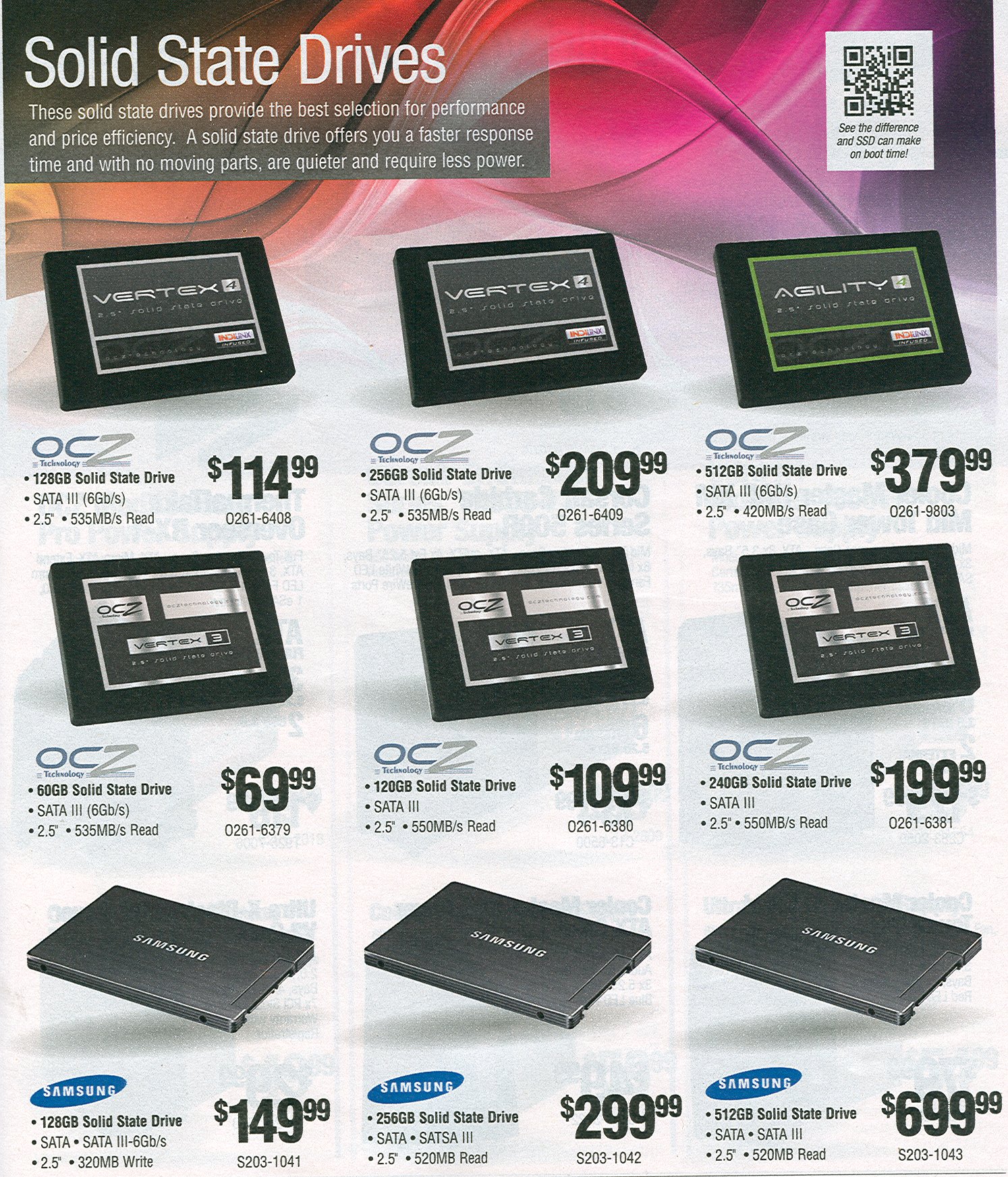<- previous index next ->
Introduction:
Hello, my name is Jon Squire and I have been programming
computers since 1959. I have served my time in corporate
management for 25 years. This course covers a little history
of computer architecture through some of the latest advances
and practical information you may use in buying, upgrading or
building your own computer.
After this course, you can say that you have performed
"modeling and simulation" possibly a valuable asset in finding
a job. You will be skilled in converting graphical and schematic
information to textual information and the reverse.
Some Brief History:
The ISA card slots were replaced by PCI card slots that
are replaced by external USB devices. The
serial port for RS232 devices is replaced by the USB port.
Floppy disk are disappearing along with that connector on
the motherboard. RAM still uses DIMM's and the slots have
grown to handle 4, 8 and 16 gigabytes of memory. ATA hard
drives are replaced by SATA hard drives, 5TB and more available.
Some rotating hard drives are being replaced by SSD, solid
state drives. The printer port will be going as will the
AGP graphics connector. HDMI and now DP. That expensive graphics
card you bought will probably not work in your new computer.
I have been saving architecture news.
Overview:
This course will present detailed information on the internal
working of the CPU, cache, memory, busses and peripheral devices
such as disk drives and DVD's. The course five part project will
have each student simulate a small computer using the VHDL
digital simulation language. Either Cadence VHDL or free GHDL.
Read the syllabus.
All of the lectures are covered in these WEB pages.
Lecture notes are often updated. (You may ask questions.)
And, sometimes corrected after questions.
Some information is still presented on the blackboard/whiteboard.
Check UMBC "Blackboard" for announcements and grades.
The Top 500 Multiprocessor systems are evaluated about every six
months. These are not your typical home computers.
The Top 10 are shown www.top500.org/lists/2020/06
As many as 10 million cores! (How many in your computer?)
More Lecture 1, pdf format
The free market system and resulting competition, provide better and
more economical products to consumers. Expect flip-flop between
vendors for best or most economical products.
A standard engineering statement is:
Fast, Cheap, Reliable - pick any two.
Monopolies: Ford Motor Company, Standard Oil of New Jersey, IBM, AT&T, ...
Microsoft.
Computer Architecture Development:
System Architecture
 Logic Design
Logic Design
 Circuit Design
Circuit Design

 Device Physics
For the inverter above, a chip cross section is:
Device Physics
For the inverter above, a chip cross section is:

 N type and P type impurities are diffused into the silicon substrate
through a mask, typically in a high temperature vacuum process.
Oh! Oh! It is now predicted that Moore's Law:
The gate width of transistors will halve every 18 months,
will end in 2021. Prior estimates ended in 2028.
Never fear, monolithic 3D is here.
Mask Making and Processing
N type and P type impurities are diffused into the silicon substrate
through a mask, typically in a high temperature vacuum process.
Oh! Oh! It is now predicted that Moore's Law:
The gate width of transistors will halve every 18 months,
will end in 2021. Prior estimates ended in 2028.
Never fear, monolithic 3D is here.
Mask Making and Processing
 The black would be a metalization mask, here showing the
transistor input connection. Other masks are for P+, N+,
N well and via (the etch through the SiO2 to allow electrical
connection to metal.)
The black would be a metalization mask, here showing the
transistor input connection. Other masks are for P+, N+,
N well and via (the etch through the SiO2 to allow electrical
connection to metal.)
 The large round wafer, after processing with all the masks,
is broke up into many rectangular dies. Each die is placed
in a package and the input and output pads on the die are
connected to the pins on the package. The die in the package
is called a chip or IC chip or Integrated Circuit Chip.
"Feature size" is the smallest dimension of metal width, gate width,
metal spacing, etc. coming 12 nanometers is 0.000 000 012 meter or
less than 1 millionth of an inch.
The large round wafer, after processing with all the masks,
is broke up into many rectangular dies. Each die is placed
in a package and the input and output pads on the die are
connected to the pins on the package. The die in the package
is called a chip or IC chip or Integrated Circuit Chip.
"Feature size" is the smallest dimension of metal width, gate width,
metal spacing, etc. coming 12 nanometers is 0.000 000 012 meter or
less than 1 millionth of an inch.

 This gets smaller every year or so.
This gets smaller every year or so.
BYOC
Build your own computer








 I have built several computers buying a case,
motherboard, cpu, ram, drives, video, audio.
My older desktop, AMD FX 8-core is Cybertron G1244A
16 GB ram, 1/2 TB SDD.
(Replacing my old 12 core AMD that is acting up.)
Now new Dell Precision 7920 Tower with 16 cores.
You want DDR3, SATA3, SSD we will cover these in future lectures.
Look at Homework 1, it is assigned today.
I have built several computers buying a case,
motherboard, cpu, ram, drives, video, audio.
My older desktop, AMD FX 8-core is Cybertron G1244A
16 GB ram, 1/2 TB SDD.
(Replacing my old 12 core AMD that is acting up.)
Now new Dell Precision 7920 Tower with 16 cores.
You want DDR3, SATA3, SSD we will cover these in future lectures.
Look at Homework 1, it is assigned today.
<- previous index next ->
Logic Design
Circuit Design

Device Physics For the inverter above, a chip cross section is:

N type and P type impurities are diffused into the silicon substrate through a mask, typically in a high temperature vacuum process. Oh! Oh! It is now predicted that Moore's Law: The gate width of transistors will halve every 18 months, will end in 2021. Prior estimates ended in 2028. Never fear, monolithic 3D is here. Mask Making and Processing
The black would be a metalization mask, here showing the transistor input connection. Other masks are for P+, N+, N well and via (the etch through the SiO2 to allow electrical connection to metal.)
The large round wafer, after processing with all the masks, is broke up into many rectangular dies. Each die is placed in a package and the input and output pads on the die are connected to the pins on the package. The die in the package is called a chip or IC chip or Integrated Circuit Chip. "Feature size" is the smallest dimension of metal width, gate width, metal spacing, etc. coming 12 nanometers is 0.000 000 012 meter or less than 1 millionth of an inch.

This gets smaller every year or so.








I have built several computers buying a case, motherboard, cpu, ram, drives, video, audio. My older desktop, AMD FX 8-core is Cybertron G1244A 16 GB ram, 1/2 TB SDD. (Replacing my old 12 core AMD that is acting up.) Now new Dell Precision 7920 Tower with 16 cores. You want DDR3, SATA3, SSD we will cover these in future lectures. Look at Homework 1, it is assigned today.